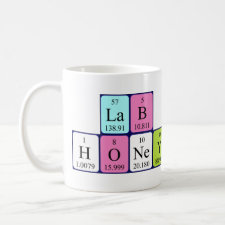
Authors: Montaseri H, Forbes PBC
Article Title: Molecularly imprinted polymer coated quantum dots for fluorescence sensing of acetaminophen.
Publication date: 2018
Journal: Materials Today Communications
Volume: 17
Page numbers: 480-492.
DOI: 10.1016/j.mtcomm.2018.10.007
Alternative URL: http://www.sciencedirect.com/science/article/pii/S2352492818303131
Abstract: A molecularly imprinted coating with acetaminophen (AC) as template molecule was grafted onto L-cys-CdSe/ZnS quantum dots (QDs) using 3-aminopropyltriethoxysilane as the functional monomer and tetraethyl orthosilicate as the cross-linker via an adapted Stöber method, in order to develop a selective and sensitive fluorescence sensor for the determination of AC in water samples. The resulting MIP@QDs were characterized by Fourier-transform infrared spectroscopy, high resolution transmission electron microscopy, energy dispersive X-ray spectroscopy, thermogravimetric analysis and fluorescence spectrophotometry which confirmed the polymer coating. The fluorescence quenching of the sensor provided good linearity over the AC concentration range of 1.0-300 nmol L-1 with a detection limit of 0.34 nmol L-1 and the sensor showed good photostability over 5 days. The recoveries of AC in water samples at various spiking levels varied from 95% to 114%
Template and target information: acetaminophen, AC, paracetamol
Author keywords: molecularly imprinted polymer, Quantum dots, fluorescence spectroscopy, pharmaceuticals, acetaminophen



Join the Society for Molecular Imprinting

New items RSS feed
Sign-up for e-mail updates:
Choose between receiving an occasional newsletter or more frequent e-mail alerts.
Click here to go to the sign-up page.
Is your name elemental or peptidic? Enter your name and find out by clicking either of the buttons below!
Other products you may like:
 MIPdatabase
MIPdatabase









